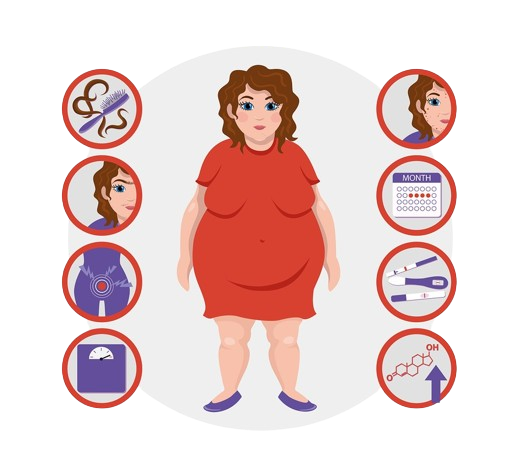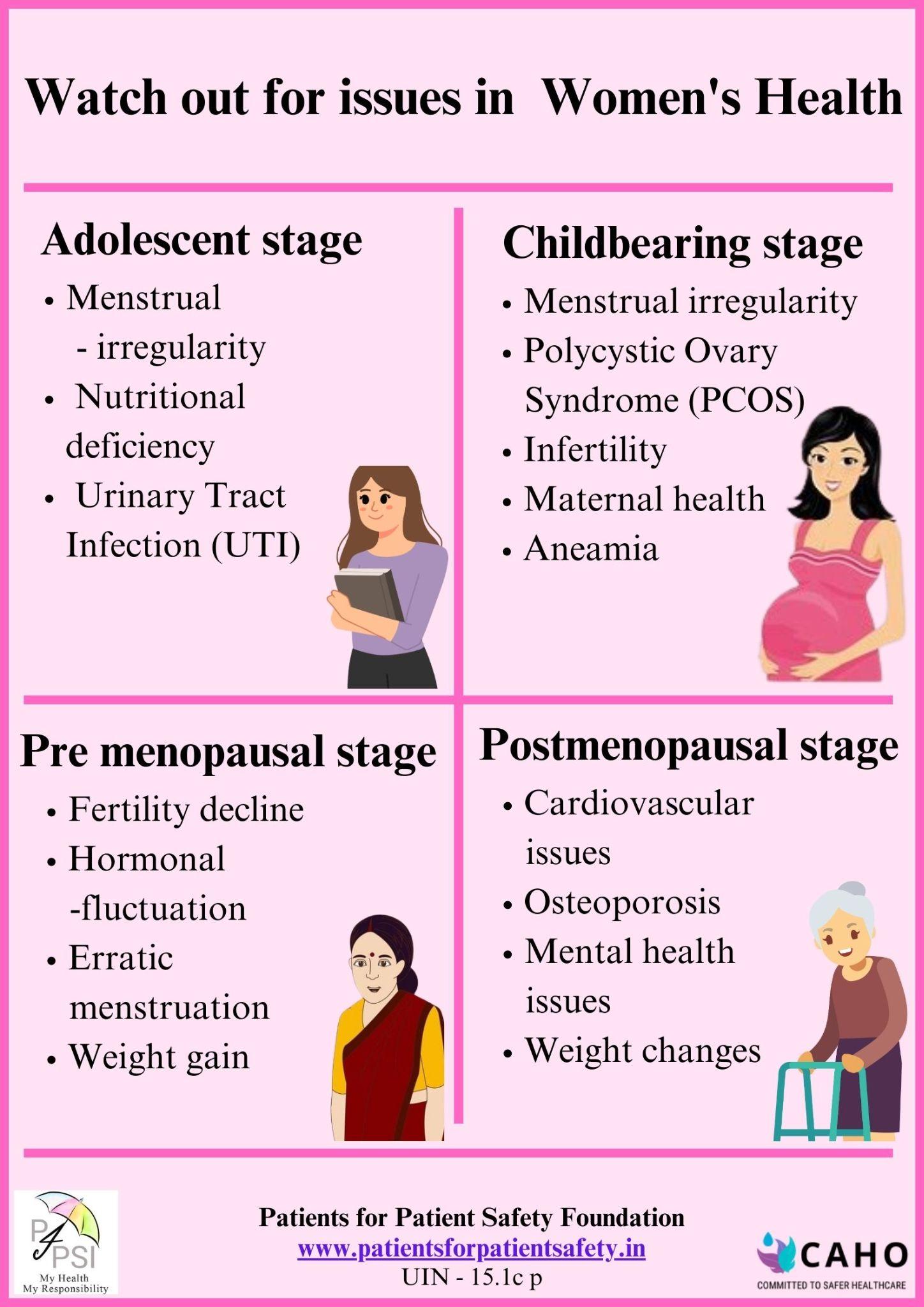
Polycystic Ovary Syndrome (PCOS) - Symptoms, Detection, Treatment and Prevention
Introduction
Polycystic Ovary Syndrome (PCOS) is a common hormonal condition that affects women of reproductive age. It usually starts during adolescence though symptoms may fluctuate over time causing hormonal imbalances, irregular periods, excess androgen levels and cysts in the ovaries. These conditions can be improved through early diagnosis and lifestyle changes, along with medical interventions that are effective in dealing with these issues.
Most Common Signs and Symptoms:
- Irregular periodsAbnormal menstruation involving missing periods or not having a period at all. It may also involve heavy bleeding during periods.
- Abnormal hair growth: You may grow excess facial hair or experience heavy hair growth on your arms, chest and abdomen (hirsutism). This affects up to 70% of people with PCOS.
- Thinning hair: Loss of hair on the head or balding
- Acne especially on the back, chest and face. This acne may continue past teenage years and may be difficult to treat.
- Darkening of the skin especially in the folds of neck, armpits, groin and under the breasts. This is known as acanthosis nigricans.
- Infertility: PCOS is the most common cause of infertility in people AFAB. Not ovulating regularly or frequently can result in not being able to conceive.
- PCOS without symptoms: Trouble getting pregnant or gaining weight for unknown reasons

Consequences of PCOS:
Women with PCOS are more likely to develop certain serious health problems. These include type 2 diabetes, high blood pressure, problems with the heart and blood vessels, uterine cancer and often problems with the ability to get pregnant (fertility)
How is Polycystic Ovary Syndrome (PCOS) diagnosed:
Your healthcare provider will discuss your symptoms, medications and any other medical conditions and may go through diagnosis test.
- Pelvic exam:During a pelvic exam, your provider can check your reproductive organs for masses, growths or other changes.
- Blood tests To measure hormone levels. This testing can exclude possible causes of menstrual problems or androgen excess that mimic PCOS. You might have other blood testing, such as fasting cholesterol and triglyceride levels. A glucose tolerance test can measure your body's response to sugar (glucose).
- Ultrasound: To check the appearance of your ovaries and the thickness of the lining of your uterus. A wandlike device (transducer) is placed in your vagina during the test.
Management and Treatment:
Your treatment is based on your symptoms, medical history and other health conditions and is your desire to conceive treatment investigation reports, including medications, and lifestyle changes.
Is Surgery the only treatment
Surgery was once the primary treatment for polycystic ovary syndrome (PCOS), it is extremely rare today, as surgery has the potential to damage the ovaries. Before considering surgery, other medical treatments should be attempted. These include weight management, oral contraception, and symptom management. Hence surgical intervention to treat PCOS-related fertility issues is considered only as the last hope.
If you don’t plan to become pregnant, treatments include:
- ● Hormonal birth control: Options include birth control pills, patches, shots, a vaginal ring or an intrauterine device (IUD). Hormonal birth control helps to regulate your menstrual cycle, some forms will also improve acne and help with excess hair growth.
- Insulin-sensitizing medicine: Metformin is a medicine used to treat diabetes. It works by helping your body process insulin. Once insulin is under control, some people with PCOS see improvements in their menstrual cycles.
prioritizing a healthy lifestyle is crucial for overall well-being. Regular check-ups serve as a proactive approach to preventive healthcare, enabling early detection and potential health issues.

 Back
Back